[ad_1]
Ten Famous Abstract Artists Throughout History
A plethora of art styles have existed since art became a concept, but abstract art is often one of the most misunderstood styles of today’s age. Some people love abstract art and some don’t, but this unique method has influenced many artists and in addition, abstract art has been used to develop additional styles and forms.
Take a look at what abstract styles have given the art world and while covering the topic, we’ll go over ten abstract artists of the past couple of centuries.
Abstract Art & Its Mediums
The focus of abstract art is to distance the idea of the artwork from the object that it references. This means that abstract art aims to skew realistic images and mold something unique out of the person, place, thing, or concept being represented. In very simple terms, abstract art is a piece of art that doesn’t have to look like the subject it captures.
Abstract art most commonly takes the form of a painting, and several painting mediums are used to create abstract pieces. These mediums include oil, acrylic, pastel, and watercolor. However, abstract art can also be created through drawing, sculptures, glasswork, and the like.
Let’s take a look at ten of the most famous abstract artists of all time, and in reading about these individuals, you might feel encouraged to visit their galleries and examine the artworks they’ve produced.
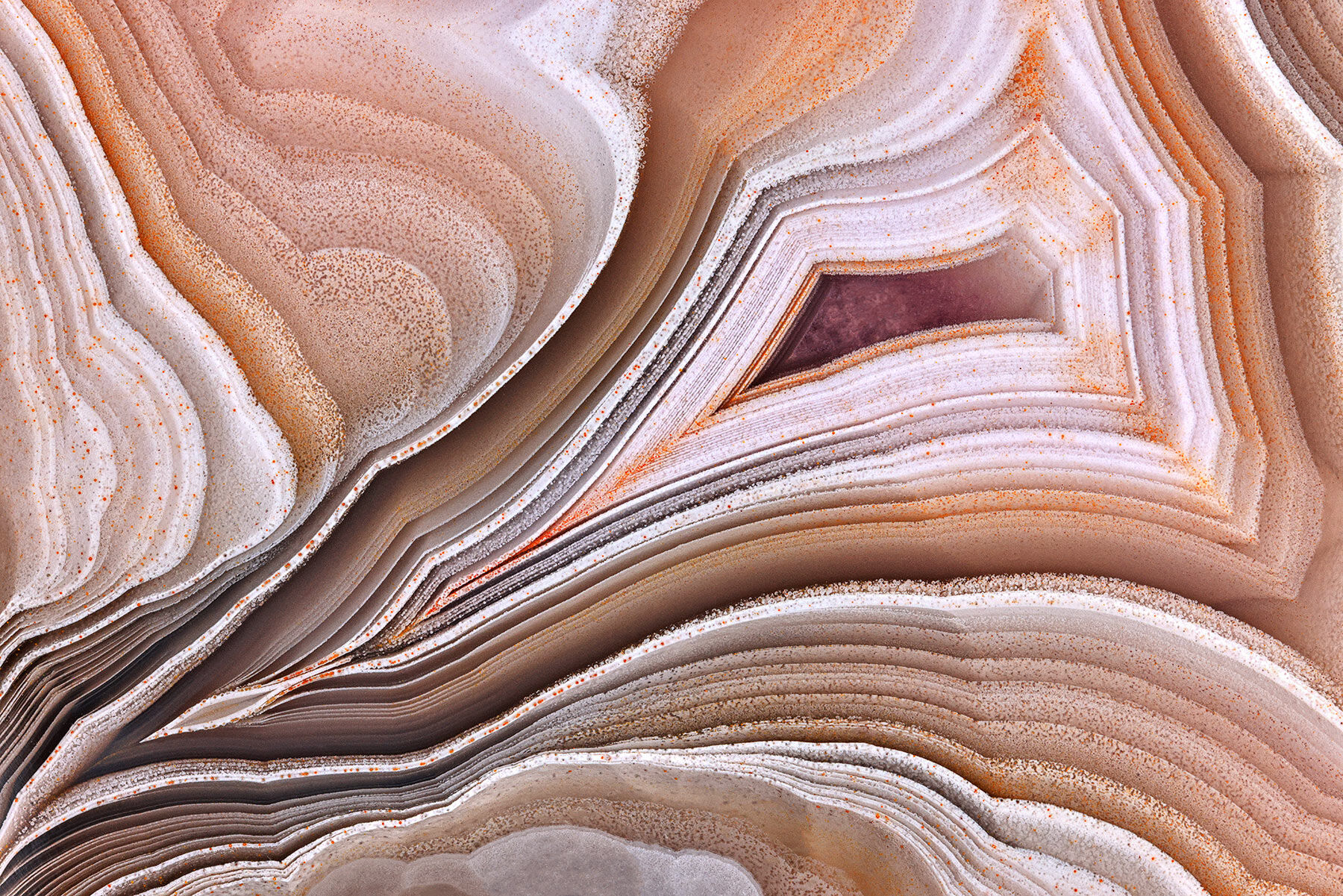
Bands formed over millions of years ripple out in a domino effect creating a mesmerizing symphony of line, color and shape in this high grade Laguna Agate Specimen from Mexico. Fine Art Limited Edition of 50.
1. Wassily Kandinsky
Wassily Kandinsky was one of the first artists to create pieces using abstract concepts. He was born in Russia in 1899 but didn’t start painting until he was in his 30s. In addition to becoming a successful artist, Kandinsky also helped create the Art Culture Museum in his hometown and contributed to the art world through his theoretical writing pieces as well.
His artistic influences included music and spirituality.
Famous Works: Rain Landscape, Untitled (First Abstract Watercolor)
2. Mark Rothko
Mark Rothko was born in Latvia but moved to the US as a small child. He was intelligent and attended Yale, but dropped out because he found the institution to be an elitist one. He began painting as an adult and moved to New York City soon after discovering his talent. Several of his paintings were exhibited at the Museum of Modern art and the Opportunity Gallery. It’s worth noting that after meeting Milton Avery, Rothko’s paintings went from darker-themed to vibrant and colorful.
Famous Works: No. 2, Green, Red, and Blue / White Center
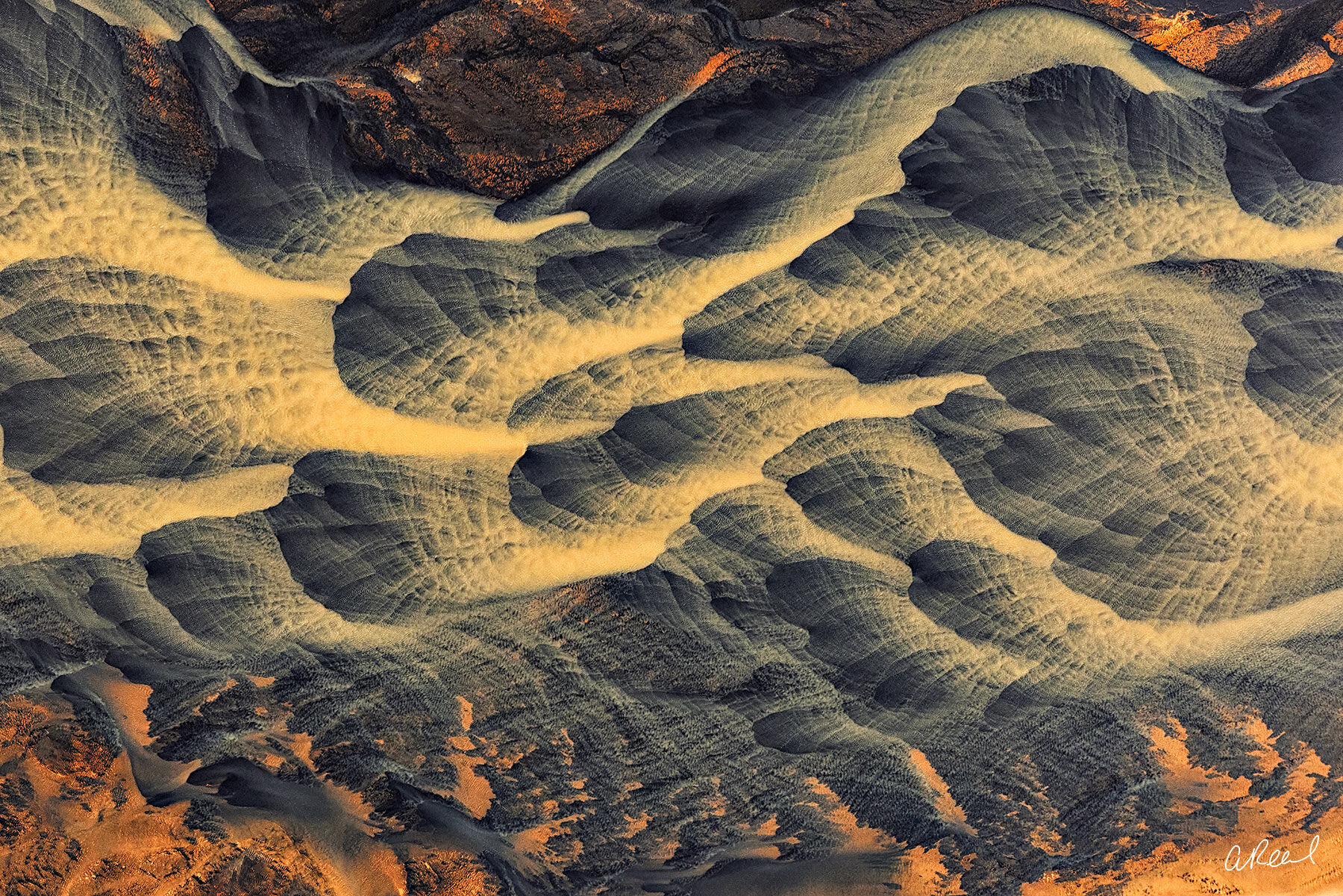
A sprawling floodplain is threaded by the scars of a braided river in southern Iceland. Erosion of the dark sands reveals the golden beds of clay beneath, creating a diaphanous aurora across the landscape, bordered by columns of orange fire. Fine Art Limited Edition of 50.
3. Jackson Pollock
Jackson Pollock is a well-known name for even those only moderately familiar with the arts, as several of his paintings are still quite famous today.
He joined the Art Student League at eighteen and studied under fellow artist Thomas Hart Benton. His biggest influences came from Mexican murals he observed and as his artistic career flourished, he developed his famous “drip technique” where he took to painting on canvases that were laid horizontally. He combined this technique with abstract painting methods, which is what produced his unique artistic style.
Famous Works: Convergence, No. 5
4. Helen Frankenthaler
Helen Frankenthaler was an American artist whose abstract paintings emerged around the Abstract Expressionist era. She developed what’s known as the “Soak Stain” method, which she used in her paintings to set herself apart from other artists of her time. Soak staining involved pouring paint over an untreated canvas so that it would soak through and produce vibrant color combinations.
Famous Works: Mountains and Sea, Cameo
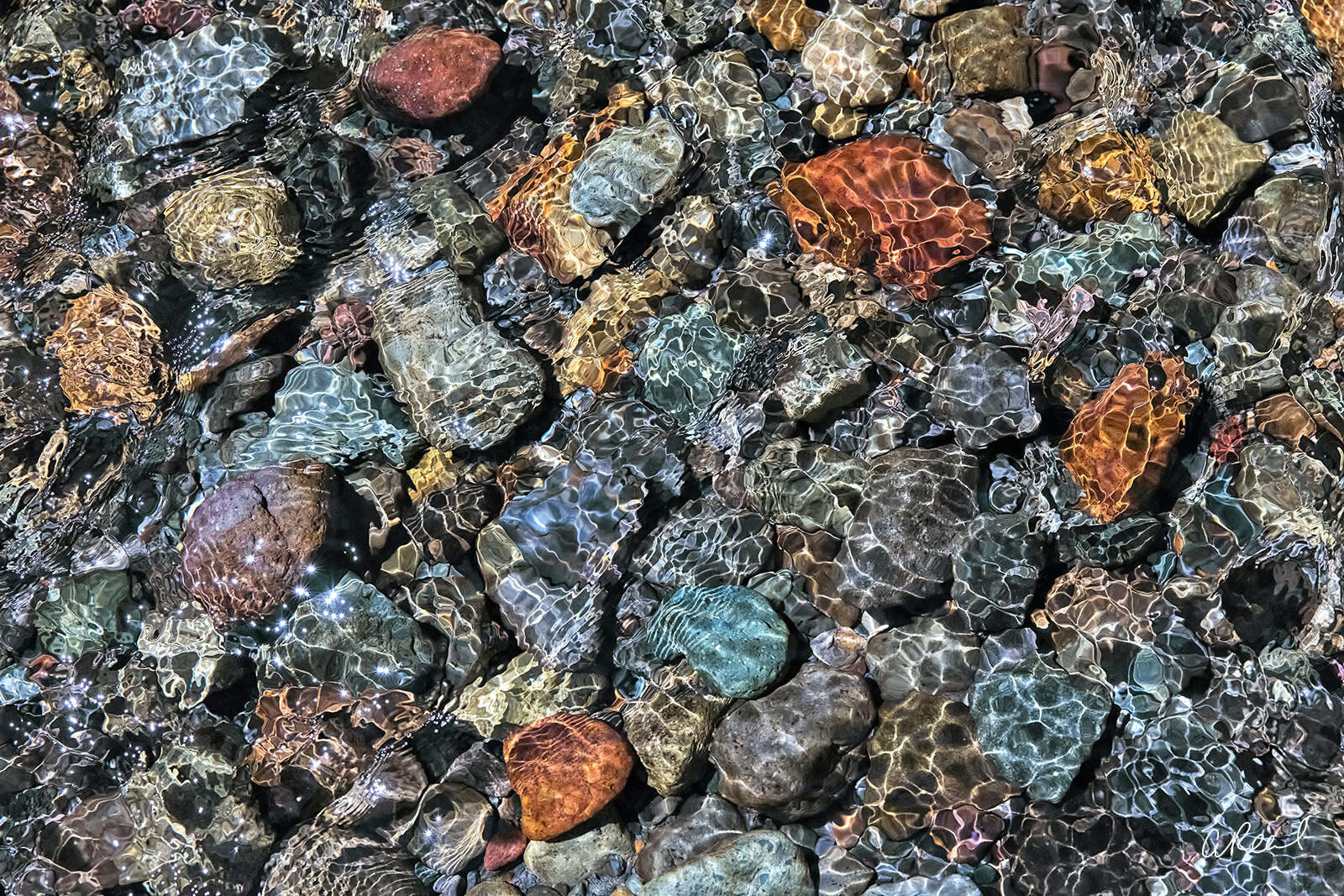
A bed of colorful river stones glitters beneath the clear waters of a high mountain stream. The interference of crystalline ripples forms a web of light hung with jewels of emerald and amber. Fine Art Limited Edition of 50.
5. Cy Twombly
Even in his early teens, Cy Twombly was interested in painting and attended painting lectures. Eventually, he attended the Boston Museum School and his art style was influenced by the German Expressionist pieces he discovered during his enrollment. He was also influenced by other artists, especially those who embraced Surrealism in their paintings.
Famous Works: Leda and the Swan, Quarzeat
6. Georgia O’Keeffe
Georgia O’Keeffe is known as the Mother of American Modernism and began her pursuit of art at eighteen when she attended the Art Institute of Chicago. After meeting Arthur Wesley Dow, she was influenced to move to New York City and work as a full-time artist.
Her flower paintings are one of her most well-known collections and many figures in the feminist movement have found inspiration in them. Even now, she is one of the most accomplished female abstract painters in history.
Famous Works: Sky Above Clouds IV, Blue and Green Music
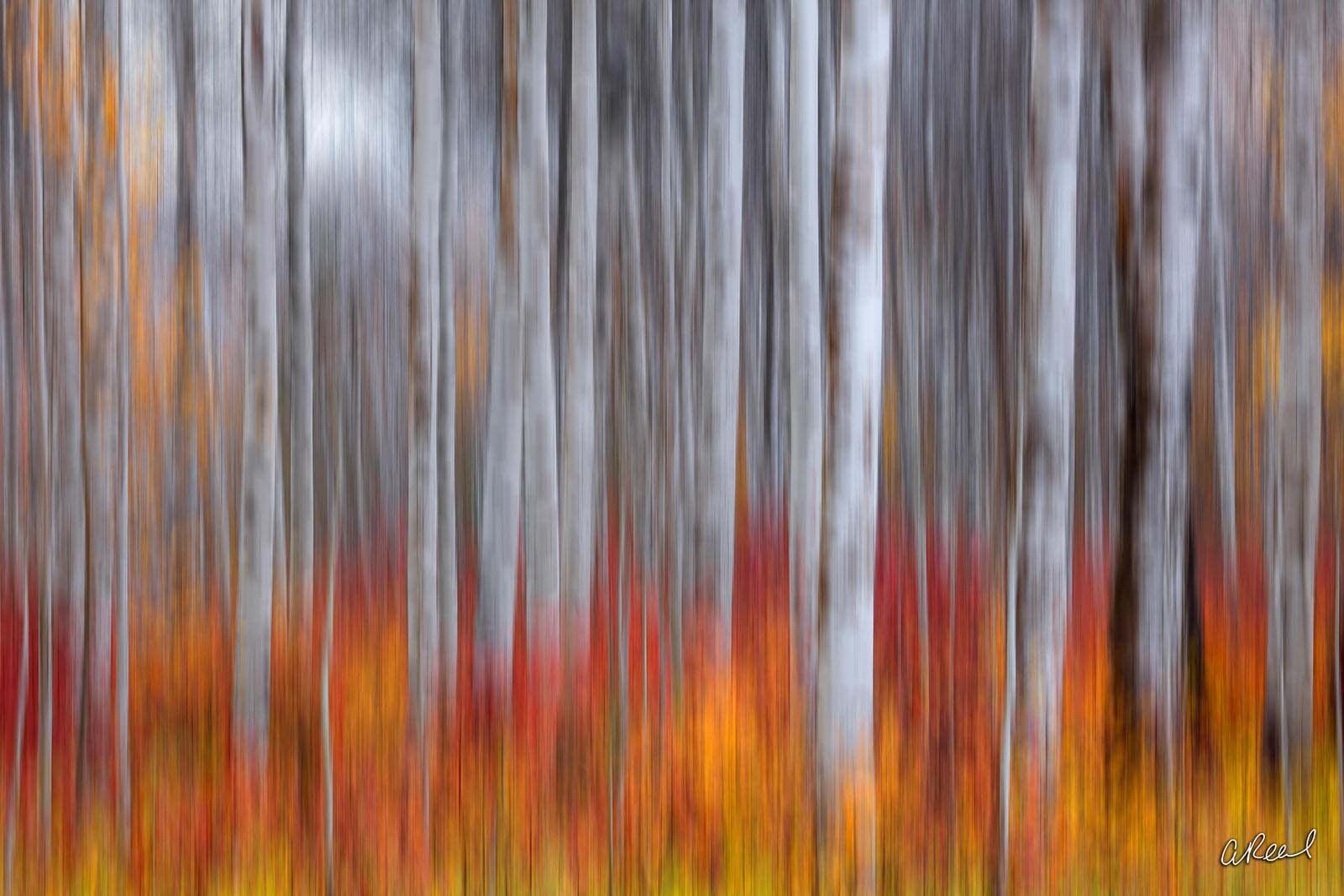
A dense grove of aspen, suffused by a parade of bright gold and scarlet in the heart of winter is transformed by sudden motion. The fecund undergrowth becomes a raging brushfire snarling the grecian fantasy of floating columns like an animate miasma. Fine Art Limited Edition of 50.
7. Gerhard Richter
Gerhard Richter was born in the Weimar Republic in 1932 and left school in his teen years to work as a set painter for stage productions. He then attended the Dresden Academy of Fine arts and became a professor before relocating to Cologne. Richter continues to paint today at 91 years old and some of his best pieces are done in photo-realism and abstract.
Famous Works: 180 Farben, Abstrakte Bild 809-1
8. Robert Motherwell
Robert Motherwell was a 20th-century American artist who followed the abstract expressionist style. His painting, The Mexican Sketchbook, is one of his most famous artistic creations. He was skilled in both abstract art and realistic portraits.
Famous Works: Elegy to the Spanish Republic No. 110, The Mexican Sketchbook
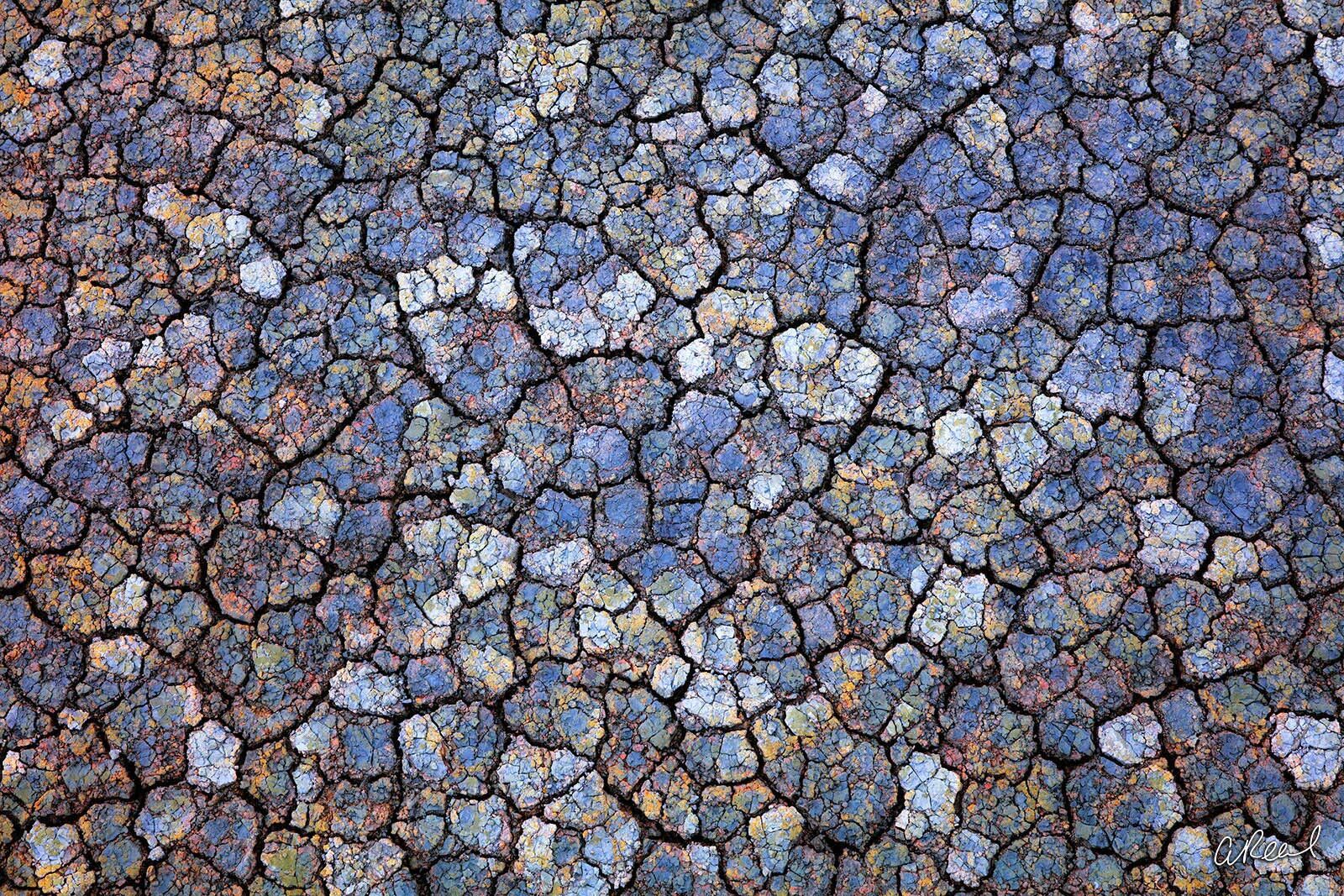
The crumbled soil of a dry desert flat is inspired by the low light of the sun into a bed of jewels. Sitting like the precious beads in a brooch, the alkaline baubles are woven by a spider’s web of fissures into a fractal tapestry of rainbow color. Fine Art Limited Edition of 50.
9. Piet Mondrian
Mondrian was considered a pioneer of the abstract art form and many of his paintings embrace extreme abstract styling, using various shapes and colors to illustrate his messages. Unlike many other artists, Mondrian was exposed to art at an early age, as he was a second-generation artist in his family. His father was also a painter who taught his son how to draw and practice art.
Famous Works: Tableau I, Broadway Boogie-Woogie
10. Lucio Fontana
Lucio Fontana was also the son of an artist, though his father was a sculptor in Argentina. Fontana moved to Italy to study at the Accademia di Brera before returning to Argentina to start his own art academy. His art style utilized Spatialism and he put a lot of emphasis on shapes and dimensions in his work.
Famous Works: Spatial Concept, Attese
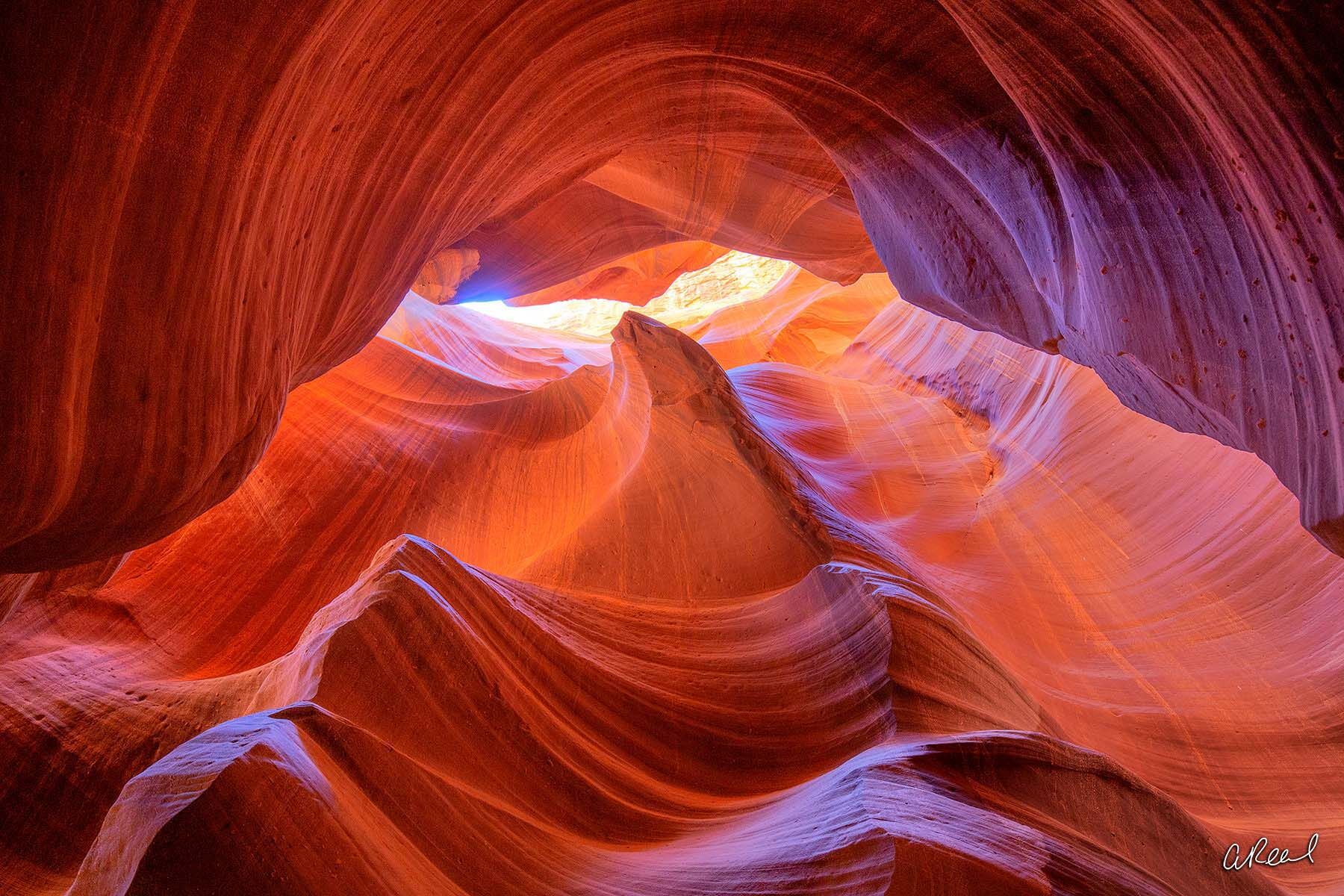
The desert sun shines down through an iridescent portal in one of Antelope Canyon’s famous slot canyons. Over the eons, the solid rock has begun to take on the shape of the wild rivers which have carved their way through it. Fine Art Limited Edition of 50.
Why I Love Abstract Art & Photography
Since my very first days with a camera in my hands I have gravitated towards abstract nature photography and still find great joy in creating it today. The shapes, patterns and colors found in our natural world are amazing. These patterns are often similar. For example, visually striking & similar patterns can be found both looking down into the worlds greatest canyons and the surface of a 5 cm agate.
With nature photography, the scene itself, made up of natural elements and the available light dictate to a certain degree the available compositions and imagery that can be captured at any one time. With abstract photography, the opportunities are endless. To me personally, the challenge of finding order and purpose in what looks like a mess at first glance, is incredibly fun and rewarding. If one man’s trash is another man’s treasure, it is also true that one man’s mess is another man’s masterpiece.
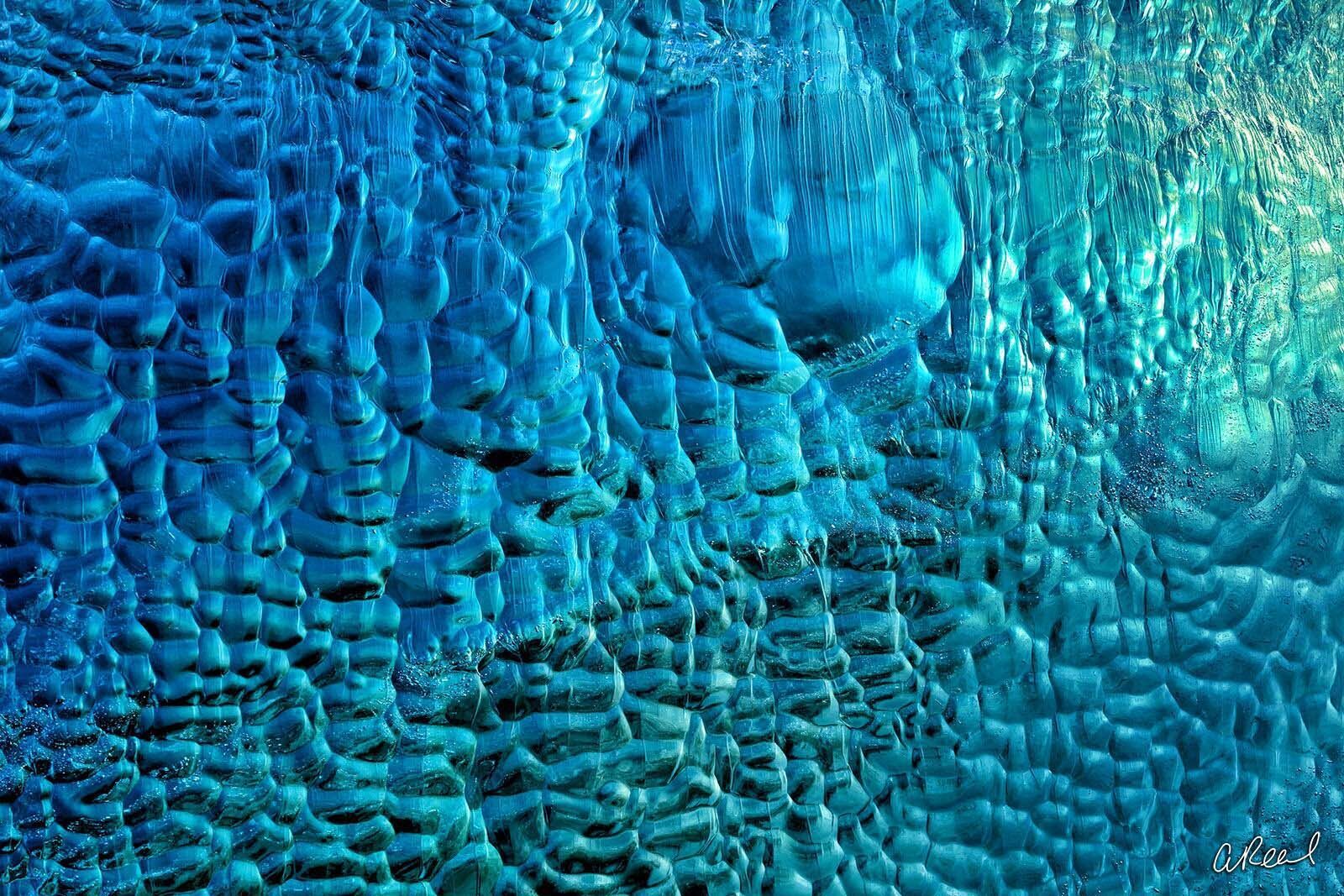
A bubbled baubled wall of cerulean ice refracts the murky rays of the sun’s warmth like the core of a giant sapphire. Veins of frozen crystal swarm across the surface, recounting stories of warmer days gone by. Fine Art Limited Edition of 100.
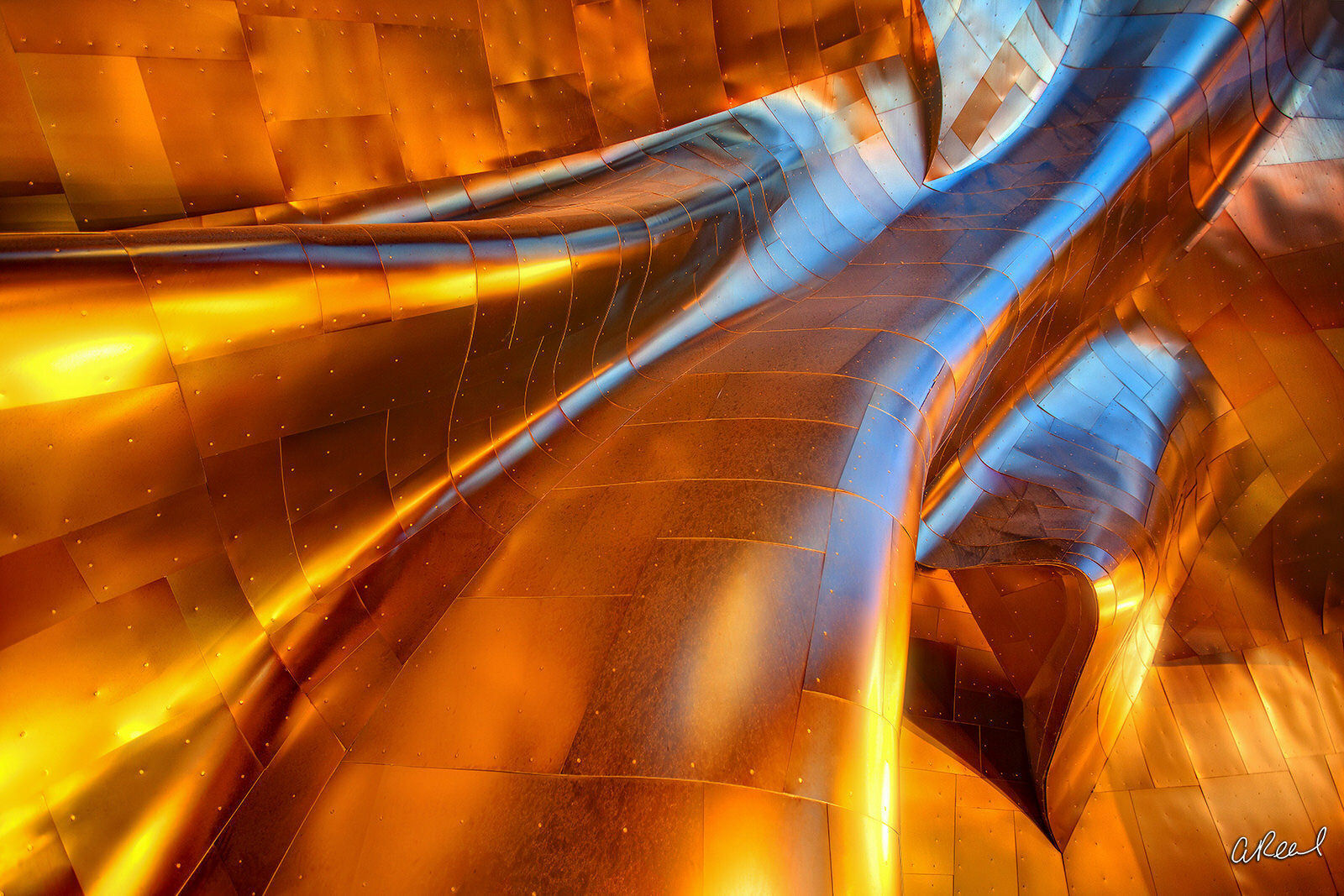
Plates of chromed steel are woven together into a living fabric, stretching from a fiery sodium-vapor inferno below to the pastel rescue of the sky above. Caught in the warped space of the iron cavern, the walls seem almost to move. Fine Art Limited Edition of 100.
[ad_2]
